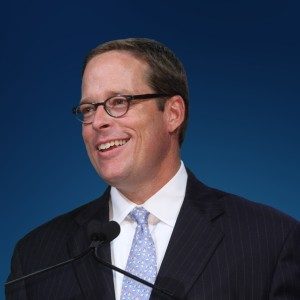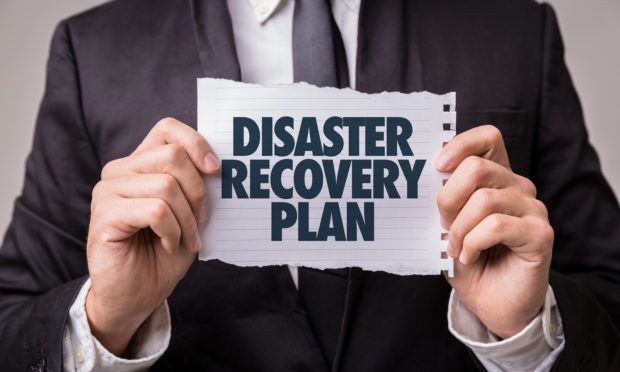
Reform of the National Flood Insurance Program remains an unresolved issue. Congress must reauthorize the debt-ridden Federal Emergency Management Agency-managed program by March 23.
It already has had several short-term extensions since September, when the program was roiled by record hurricane claims in late 2017.
Insurers continue to keep NFIP renewal and reform high on their agendas. Carrier Management spoke about the issue with Charles Chamness, president and CEO of the National Association of Mutual Insurance Companies, at the III Joint Industry Forum in New York earlier this year. He also sounded off on a related issue: disaster recovery reform—a bid to improve how the government spends on disaster mitigation efforts.
Flood Insurance Reform
Chamness and NAMIC are seeking a number of changes in how the government handles flood insurance.
“Our concern is, and our objective is, to get reform in the system, to bring rates up to actuarial levels,” Chamness explained. But NAMIC also wants more flood mitigation efforts, a reduction of repetitive loss in the program and to get the NFIP on a firmer financial footing after years of deficits.“It really isn’t sustainable,” Chamess said. “Things need to be done with this program. Congress knows it. They’re on the right track. We want them to take a long-term approach and certainly move beyond these short-term extensions that we’re in the middle of now. That’s coming up this year.”
Disaster Recovery Reform
Beyond the historically damaging hurricanes that struck last fall, the U.S. dealt with record catastrophes that also included wildfires and other weather events.
Chamness said these disasters show that the U.S. needs to reform how it responds to these events and spends money to address them.
“We know that the government reaction is first to [make] a disaster declaration,” Chamness said. “There have been many more declared in the last few decades than in all the previous history of the Republic.”But Chamness said the process is political and wasteful, in terms of government spending and insurance. He wants more done to help people mitigate against future loss.
“We will help the government not only deal with disaster effectively when it happens but to plan for future disasters,” Chamness said. “We know that mitigation dollars invested today will save four to eight dollars in disaster assistance after disaster strikes.”



















 Nearly Half of 100 Largest P/C Insurers Destroy Value: ACORD
Nearly Half of 100 Largest P/C Insurers Destroy Value: ACORD  Slideshow: Carrier Management’s 2025 Top Editor’s Picks (Unlocked)
Slideshow: Carrier Management’s 2025 Top Editor’s Picks (Unlocked)  Executives on the Move at Liberty Mutual, Cowbell, W. R. Berkley
Executives on the Move at Liberty Mutual, Cowbell, W. R. Berkley  First Atlantic Hurricane Forecast for 2026 Suggests Season Close to 30-Year Norm
First Atlantic Hurricane Forecast for 2026 Suggests Season Close to 30-Year Norm 












